Wednesday, December 7, 2016
Shine Bright - the theme of the last reading of the year.
Sarah Mendek-Walker reads an excerpt from her fantasy novel Harrow Rose.
Good reads at Brodie Library last night, December 6, the last reading of the year. The theme was "Shine Bright", just in time for Christmas.
Dave Belrose read a piece called "Kam Winter,"which describes the natural world seen in a beautiful area around Thunder Bay
Bonnie Ferrante described how she created visuals for her many children's books including the award winning Amida Tree. In spite of Parkinson's disease which limits her ability to draw, she is able to create marvellous illustrations.
Ball Lightning
Many thanks to the other readers and to all faithful readers of this blog: "May your Christmas be merry and bright!"
Night lights describes three strange phenomena I have seen. I hoped members of the audience would share similar sightings but no one had experienced similar events. However, Jane Crossman described glow worms of New Zealand which light up the trees. That must be a marvellous sight. I would love to see it.
Night Lights
By Joan M. Baril
Here are three
tales of strange lights.
Part 1. I sit
atop the sand dune beside the Gulf of Mexico with a couple of dozen other
campers and watch the so-called sunset. I do not tell my new American
friends that the typical ten-minute Florida sunset is a pitiful squib compared
to the two-hour razzle-dazzle produced at the end of the average Northern
Ontario day. But here at St. George State Park in the Florida Panhandle,
the sun, a small red ball, hovers above the ocean and then flops into the
watery horizon accompanied by a few anemic pink clouds. Everyone claps.
Twilight lasts all of three minutes. Then darkness.
My camper
is well-tucked into the palms and live oaks. I stand on the back step breathing
in the warm air and wondering, as always, why Florida has no scent and, for a
minute, I miss the pine, balsam resin, grass and water scents you snuffle up
with such pleasure in the boreal forest.
No moon is
showing and only a few insignificant Florida stars flicker in the blackness.
But then, as I turn, I encounter a natural phenomenon that I have read
about but never seen.
Behind my camp
is a large salt-water pond. That morning, I’d walked around it looking at
the birds. But now, in the velvet Florida night, the surface of the water is
slowly becoming visible out of the darkness. The pond is brightening before my
eyes, as if someone in the depths has just turned on a florescent bulb.
The light quickly spreads across to the far margin creating a large luminous circle.
The water, a ghostly silver-white emanates a faint greenish tinge. Just
then, a breeze undulates the surface creating bands of silver wrinkles. The
light does not radiate or illuminate the ground around; the brushy edges of the
pond are still unseen. The pond, a silver disk, hovers in darkness before me.
I understand I
am looking at what is known as phosphorescence, probably caused by sea
creatures in the water. I know that my campsite is the only one backing
on the pond so it is unlikely anyone else in the camp ground can see it.
I walk to the very edge of the water and stare at what looks like wrinkled foil
covering the surface. I start to walk the path but hesitate because I know that
alligators live in this pond and alligators feed at night. Rather than
blunder in the darkness and get tangled in the bushes, I run around to the road
where it borders the edge to see the water from a different angle. This
takes a minute, but, when I get there—nothing.
The luminosity is
gone. I run back to the camp site and all is dark.
The show is over
Part 2. I am camping
in Patterson State Park in Wisconsin and it is hot, hot, hot. My camp
site is very large and remote and surrounded by a deciduous forest of oak,
poplar, basswood and locust trees. By midnight, I feel I’ve been clamped
into a sweat box. I cannot sleep. I get up and open the door to see if there’s
any breeze at all. The back of the camper is only a few feet from the
edge of the woods and, when the door swings back, I see a startling sight.
Fairy lights
shine in the forest before me. The leaves on the lower branches are emitting
beams as if from tiny little lanterns. Outside, a full moon floods the entire
open area, softy illuminating grass, the picnic table and the fire pit. But,
somehow, in the forest, it has set many of the leaves, especially the lower
leaves, alight.
I walk back and
forth looking from all angles. The camper lights are off and no artificial
light is in view. The leaf light does not cover the leaves but splotches them
as if Jackson Pollock had tossed luminous paint here and there. On the other
hand, no light spots shine from the ground or the trunks of the trees. I reach
in and touch a lighted blotch and it moves but my hand does not light up.
Perhaps there’s water on the leaves reflecting the moon, yet the leaves are not
wet. My brain addles about searching for an explanation but at last I go inside
and, for security’s sake, I must close the door of the camper before heading to
my sweaty bed. The fairies and elves now have the woods to themselves.
Part 3. It is
pouring as it can only pour on a summer night in northern Ontario. Thunder
crashes, lightening flashes and rain splashes as if a waterfall has been
diverted from the river and sent flowing over my log house. I sit at the bay
window and watch the water streaming across the meadow illuminated by constant
crooked shards and sheets of light. The thunder is constant, moving from rumble
to rumble like a long train going by. After fifteen minutes, the ground can no
longer absorb the rain and, by the light from the house, I see a layer of water
forming in the grass.
My
teen-age daughters, along with a couple of their girl-friends on a sleep-over,
are watching from an upstairs window. I can hear shouting “wow” at every fancy
fork of lightening. The dog, Pippen, is cowering under the couch and I know she
won’t come out for hours.
About two
hundred feet away, where the road curves down from a small hill, I see a bright
flash and then a roll of light moving across the field on the far side.
Foolishly, I think “fireflies’ but then shake my head to clear it. No
normal-sized firefly could be visible at two hundred feet; and, furthermore, no
sensible firefly would be out in such a downpour. As I watch, a ball of
fire, like a child’s ball set alight, rolls across the sodden field and
disappears. I lean into the dark pane trying to see beyond the streams of water
on the glass. Another ball of fire appears farther off, across the road, moves
along and dies. A third and then a forth roll by and then nothing.
Eventually, the
thunder muffles down, the lightening stops and the rain settles into a regular
heavy beat.
A few days
later, I look up St. Elmo’s fire on line but learn St. Elmo’s fire is a blue
glow that appears around ships and tall buildings. What I saw is called “ball
lightning”.
According to
Wikipedia, scientific data on ball lightning is scarce due to its infrequency
and unpredictability. The presumption of its existence is based on reported
sightings from the public. Until recently, ball lightning was regarded as a
fantasy. Reports of the phenomenon were dismissed. However, several photos and
videos now exist taken by people who claim to have seen ball lightning.
And I am one of
these lucky few.
Subscribe to:
Post Comments (Atom)


















































































































































































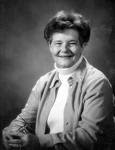


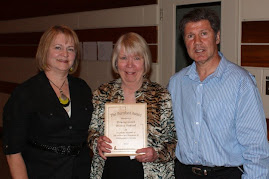









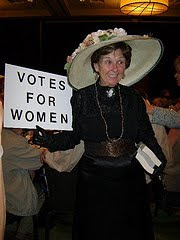




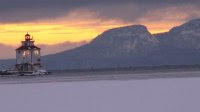
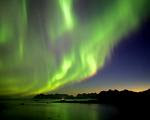










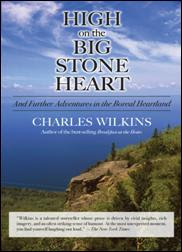



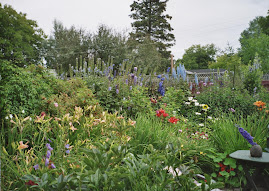

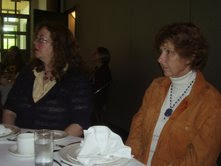



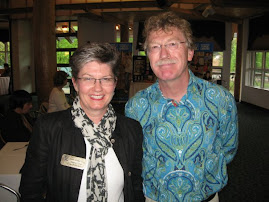


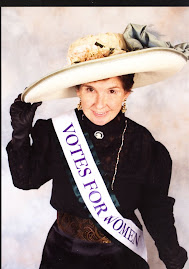




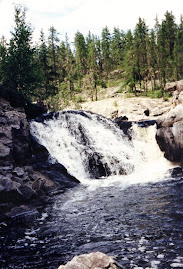







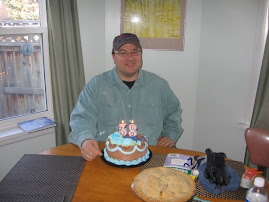
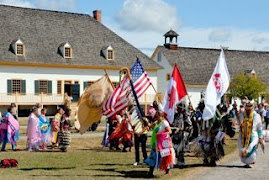
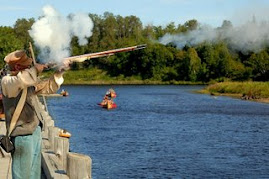
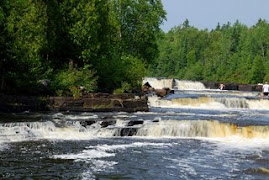

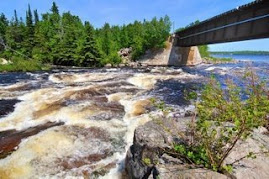
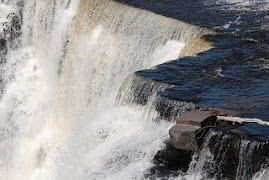
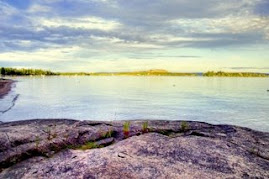

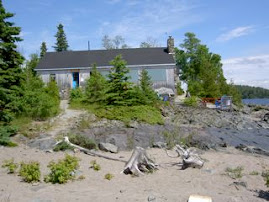
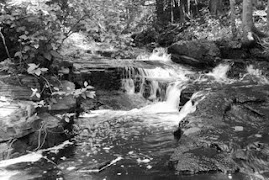

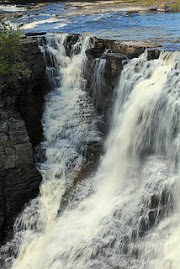
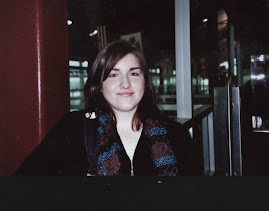
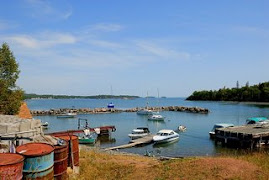

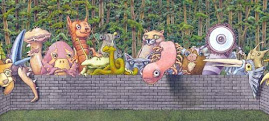
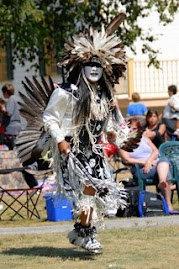
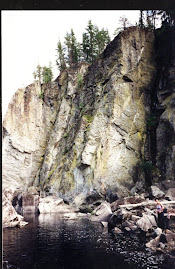
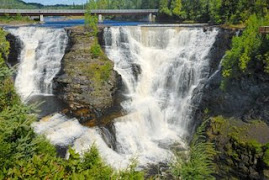
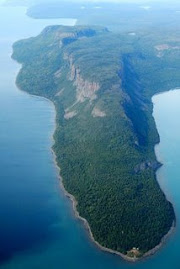
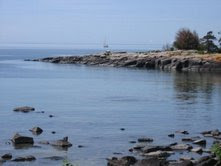

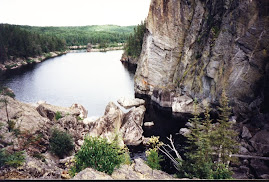
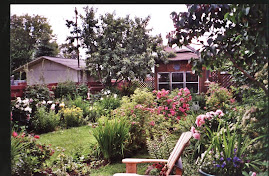






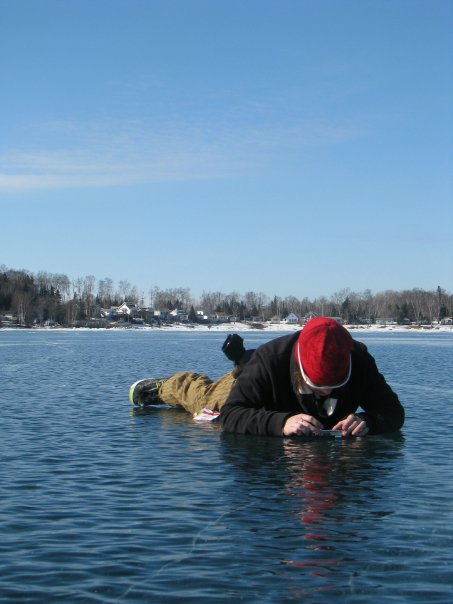

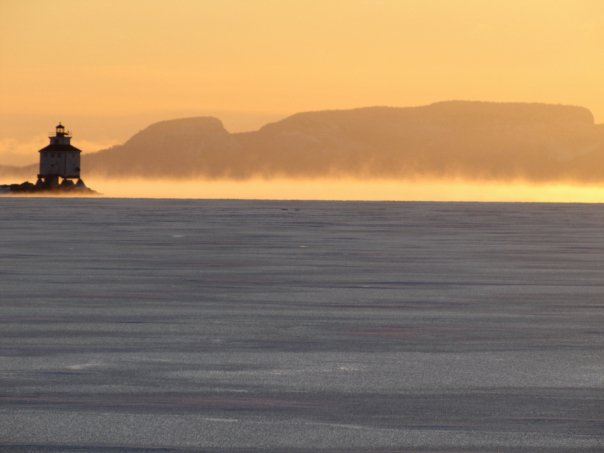

No comments:
Post a Comment